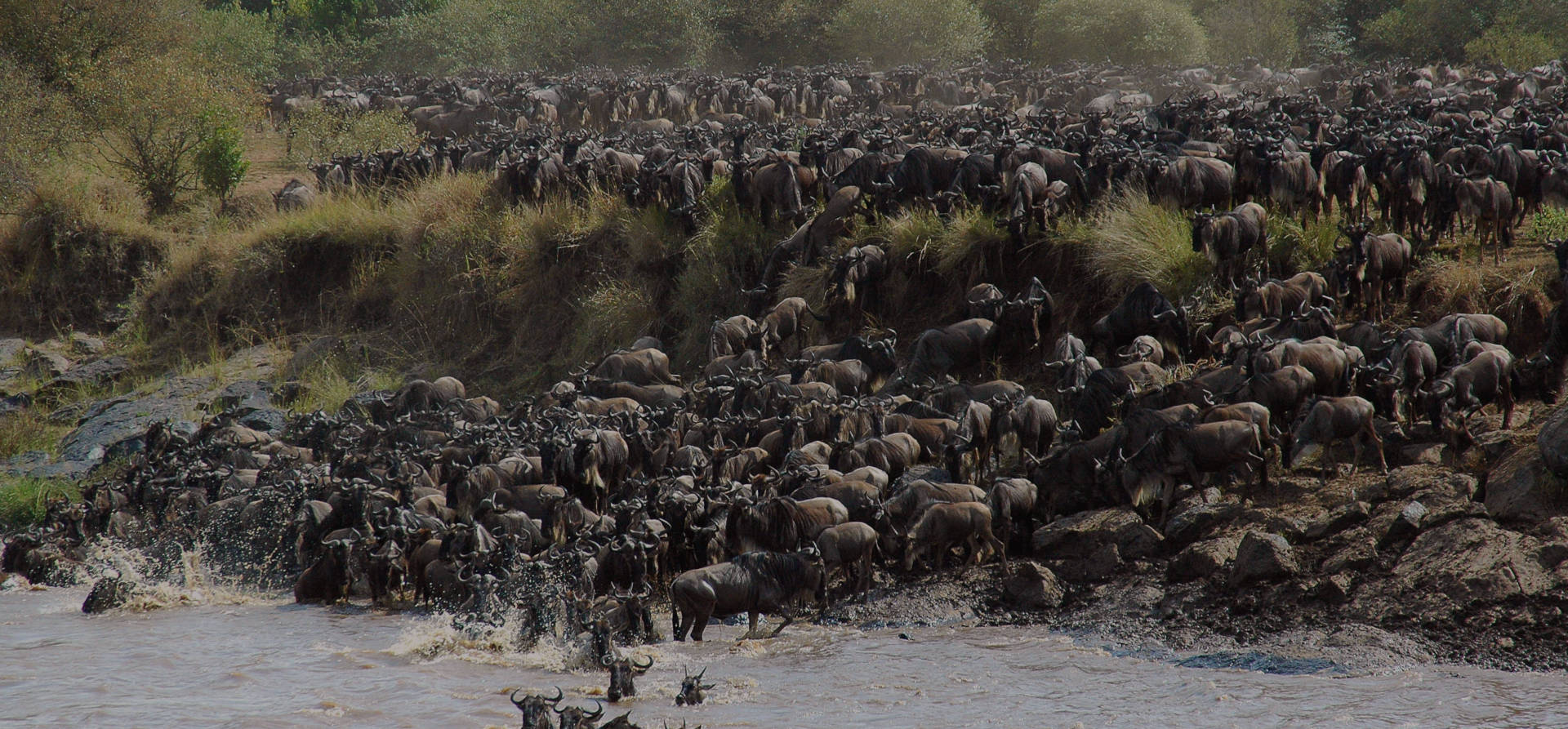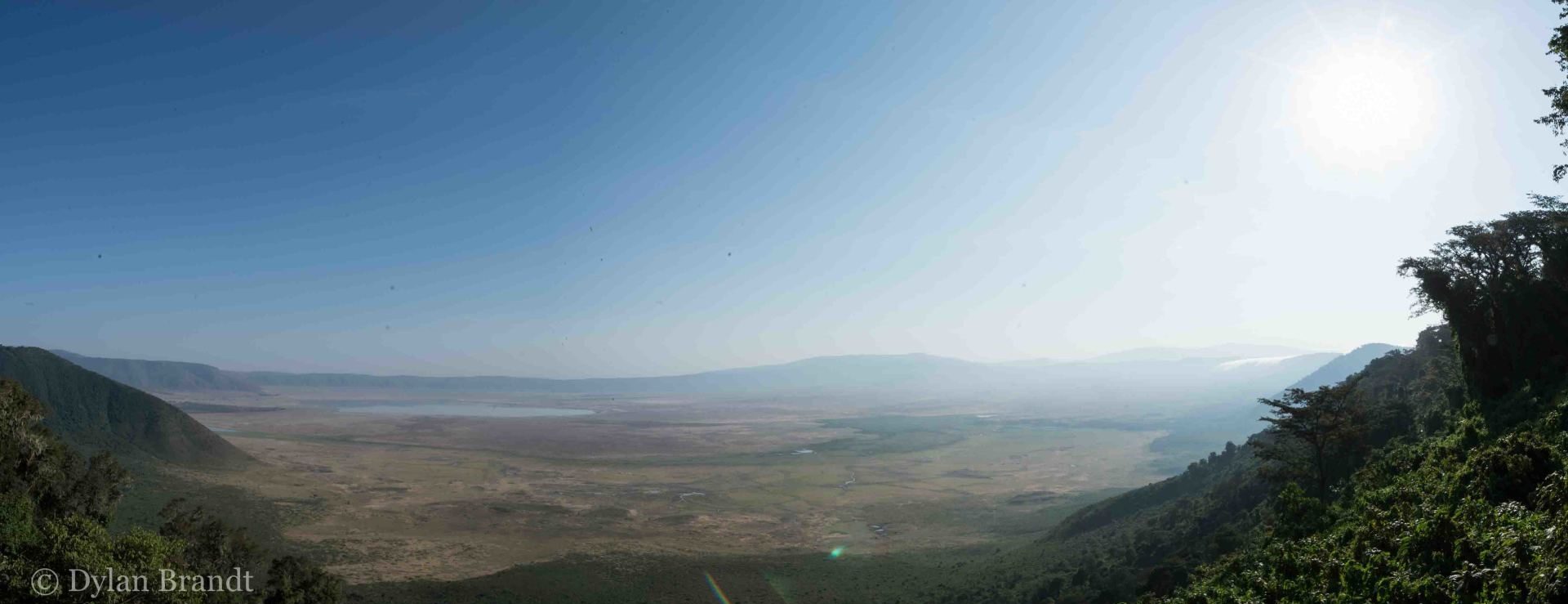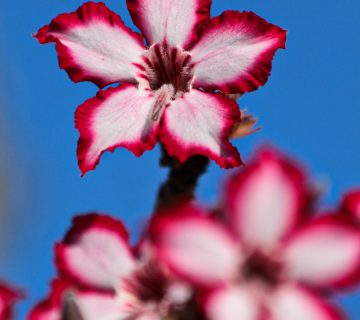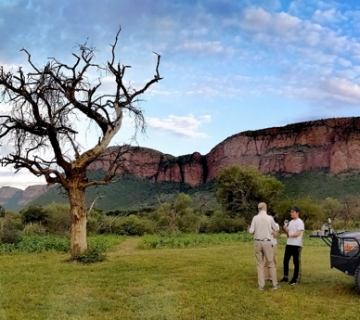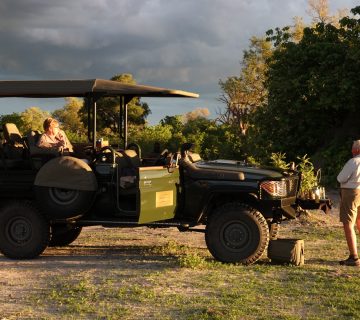Ngorongoro Crater: why it’s one of the best-known National Parks in Tanzania for a safari
Ngorongoro Crater National Park
Ngorongoro Crater National Park is one of the most famous parks on the planet for good reason. No other park in Africa rivals the animal densities that one finds on the crater floor. There are healthy populations of predators throughout the crater and first-time safari-goers often see their first lions in Ngorongoro, because the park boasts four large lion prides, although from rim to rim, the crater is only 19km in diameter.
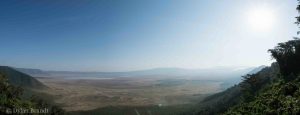
We often refer to Ngorongoro as “the Garden of Eden of safari” due to the dizzying abundance of wildlife: hundreds of elephant, wildebeest, zebra, buffalo and gazelle, as well as warthog, hartebeest, bushbuck, and waterbuck. In addition to the lions, one can find large packs of hyena and two species of jackal, although spotting a leopard or cheetah is rare and best left to the Serengeti savannas to the north. Endangered hook-lipped rhino (black rhino) also call the park home; they are very closely monitored by the Tanzanian wildlife authority rangers.
Lake Magadi, the soda-ash lake at the centre of the crater, is always the most vivid scene of wildlife interactions, from wallowing buffalo to the thousands of seasonal flamingos that reside there during the short and long rains.
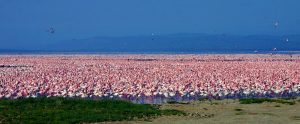
Image by Africa Geographic Blog-David Shackelford
Most safari-goers choose a lodge on the rim of the crater, which allows for game drives that begin right at dawn as the park’s gates open. Due to its astonishing and absolutely guaranteed wildlife, Ngorongoro is on most safari-goer’s itineraries, especially for first-timers. This popularity can make the crater floor very crowded, especially as vehicles arrive in midday from safari operators not associated with the resident lodges. It is not unusual in Ngorongoro to have more than twenty vehicles at a lion sighting at midday, due to the fact that the entire crater area is quite small and compressed.
One very important aspect of the Ngorongoro Crater is its relationship to the Maasai people, who once also made their home on the crater floor. The crater is within the overall Ngorongoro Conservation Area, or NCA. The protected area adjoins the Serengeti National Park and game moves freely between the NCA and the Serengeti. Hundreds of Maasai villages dot the NCA and opportunities to learn about the Maasai culture or visit a village is often part of the Ngorongoro experience. We feel that certain lodges have a more authentic and harmonious approach to introducing the Maasai communities than others, and supporting their operations is a key part of a CUS-designed itinerary.
See it or skip it: Ngorongoro Crater is a once-in-a-lifetime, one-time visit
The Ngorongoro Crater’s flourishing wildlife can be matched by its flourishing population of safari vehicles. The best way to see the crater is during a short visit, while staying at a resident lodge that has first jump on the opening of the park gates. Because the entire crater floor can be explored in a single morning, after an early game drive and stop for a picnic lunch, most guests feel they have absorbed the crater experience – and were very, very happy to – but do not feel they need to go back for a second or third drive. A two-night visit, one that allows for that crack-of-dawn wake-up call, is the optimal way to see the crater and still allow for an authentic and rewarding trip to visit with the Maasai.
Best times to visit: Anytime, although the Ngorongoro Crater is especially popular during the peak seasons of the Great Migration (January to March and July to September).


